Navigating the Depths: AUVs Revolutionizing Marine Biology
What is an AUV in marine biology? In recent years, Autonomous Underwater Vehicles (AUVs) have emerged as powerful tools in marine biology research, revolutionizing the exploration of the ocean depths. These robotic vehicles operate independently, navigating through the water with precision and collecting valuable data along the way. Equipped with advanced sensors and imaging systems, AUVs can map the seafloor, study marine life, and monitor environmental parameters.
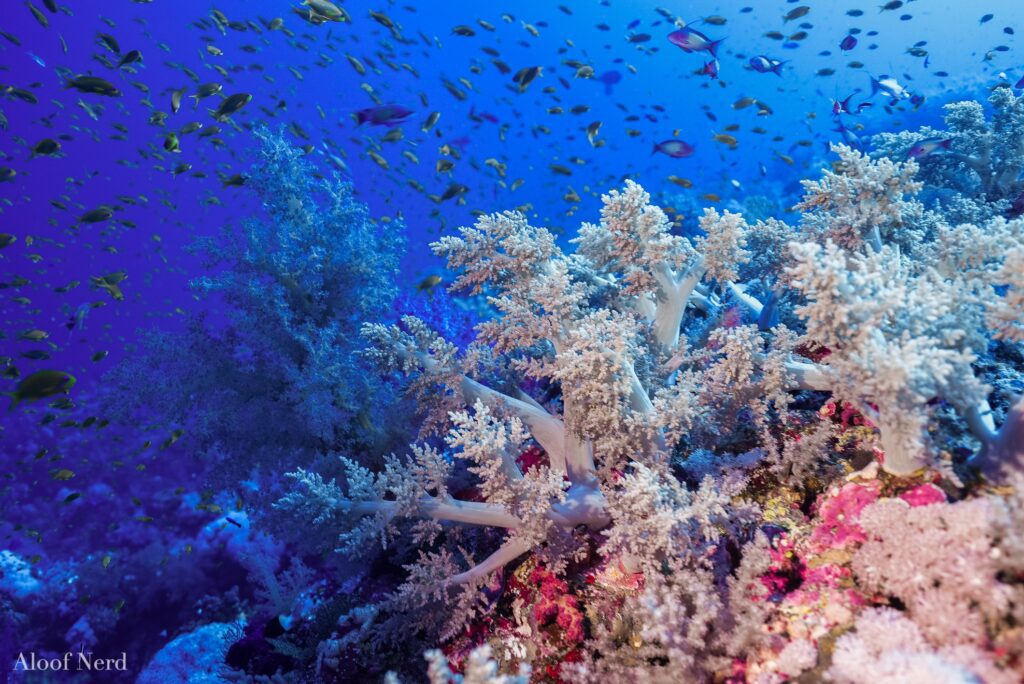
Exploring the Uncharted Waters: The Role of AUVs
AUVs play a crucial role in exploring previously inaccessible areas of the ocean, providing researchers with unprecedented insights into underwater ecosystems. These vehicles can dive to depths impractical and dangerous for human divers, allowing scientists to study deep-sea environments precisely. By conducting surveys and collecting data in remote ocean regions, AUVs help expand our understanding of marine biodiversity and ecosystem dynamics.
The Anatomy of AUVs
At the heart of every AUV lies a sophisticated onboard computer, guiding its movements and operations. These computers can be programmed with pre-defined missions, allowing AUVs to autonomously navigate underwater environments. AUVs are equipped with a diverse array of sensors, including cameras, sonar systems, and environmental monitors. These sensors enable AUVs to capture detailed images, map underwater terrain, and collect valuable scientific data. With their streamlined bodies and propulsion systems, AUVs are designed to minimize drag and maximize efficiency during underwater missions.
Surveying the Seabed: AUVs in Action
One of the primary functions of AUVs is conducting detailed surveys of the ocean floor, mapping underwater terrain and identifying geological features. Using sonar and imaging technologies, AUVs create high-resolution maps revealing the seabed’s topography. This information is invaluable for scientists studying underwater habitats, geological processes, and potential resource extraction sites.
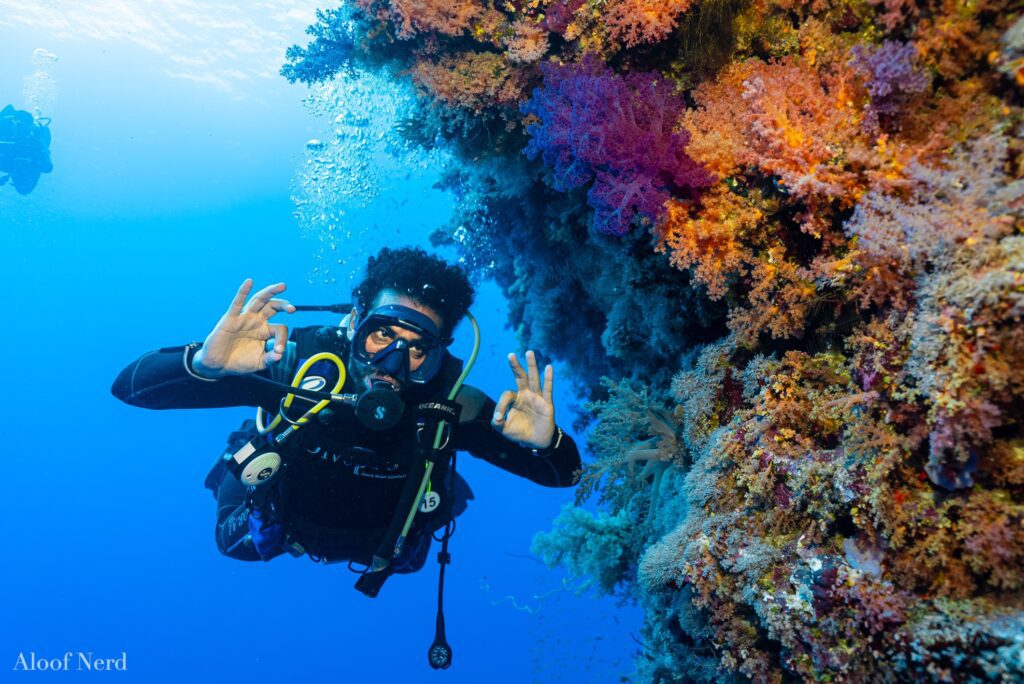
Navigating with Precision: AUV Technology
A key advantage of AUVs is their ability to navigate underwater environments precisely. These vehicles use sensors, GPS, and inertial navigation systems to maintain their position and follow predefined survey paths. By autonomously controlling their movements, AUVs can systematically survey large areas while avoiding obstacles and hazards.
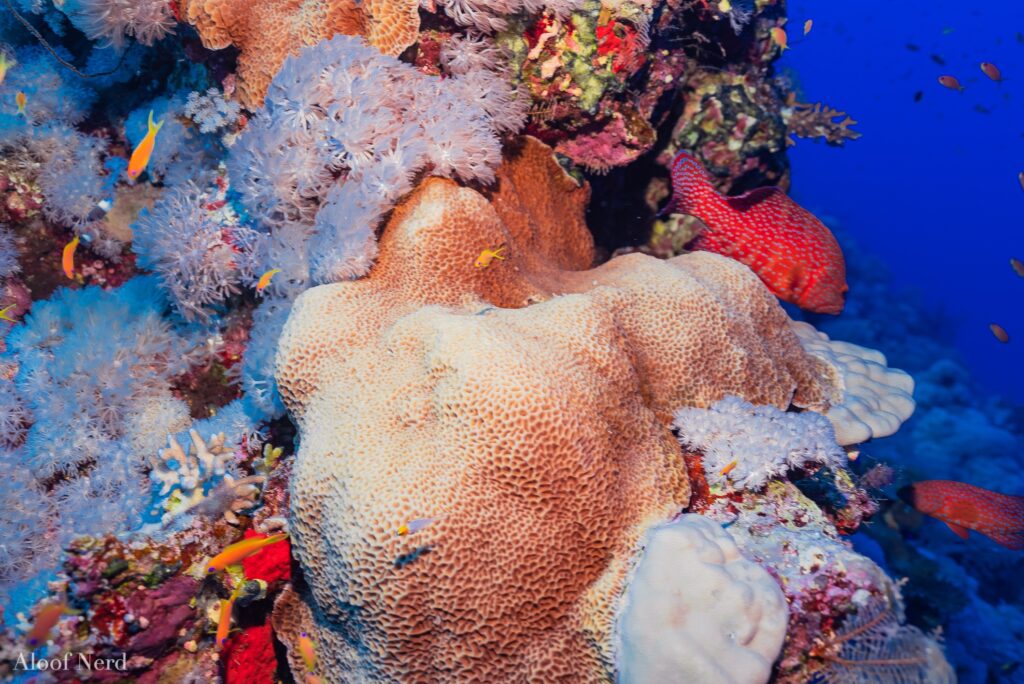
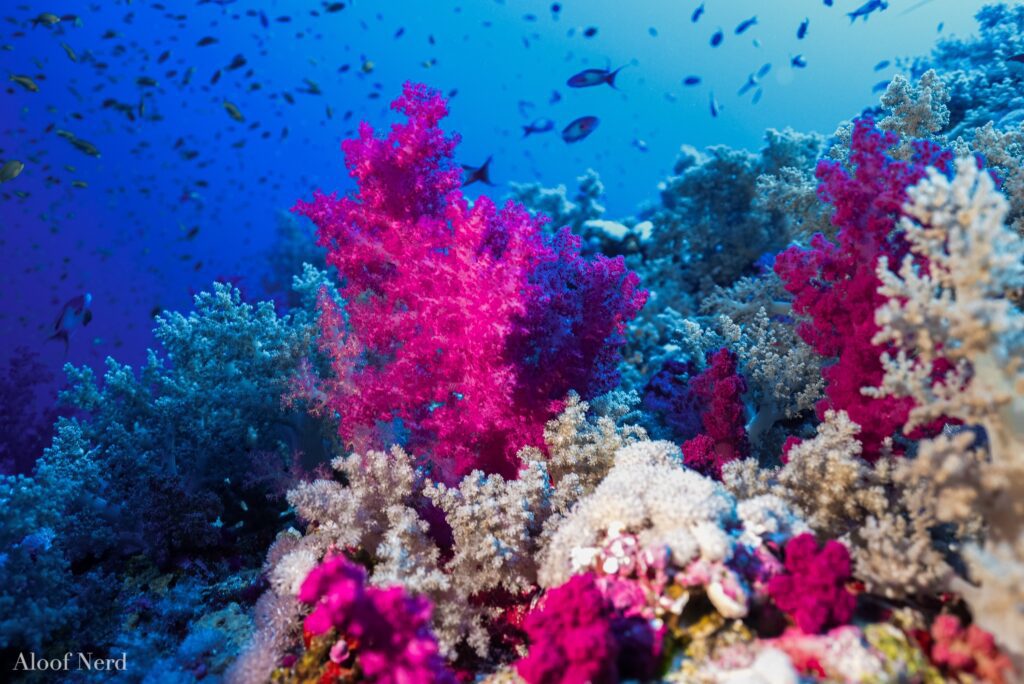
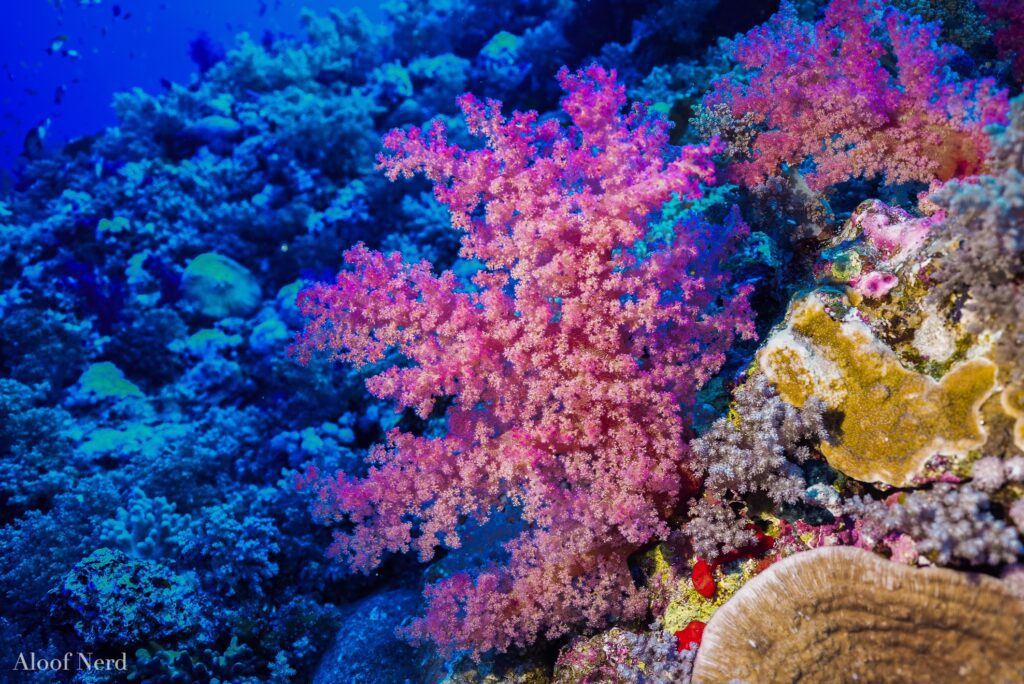
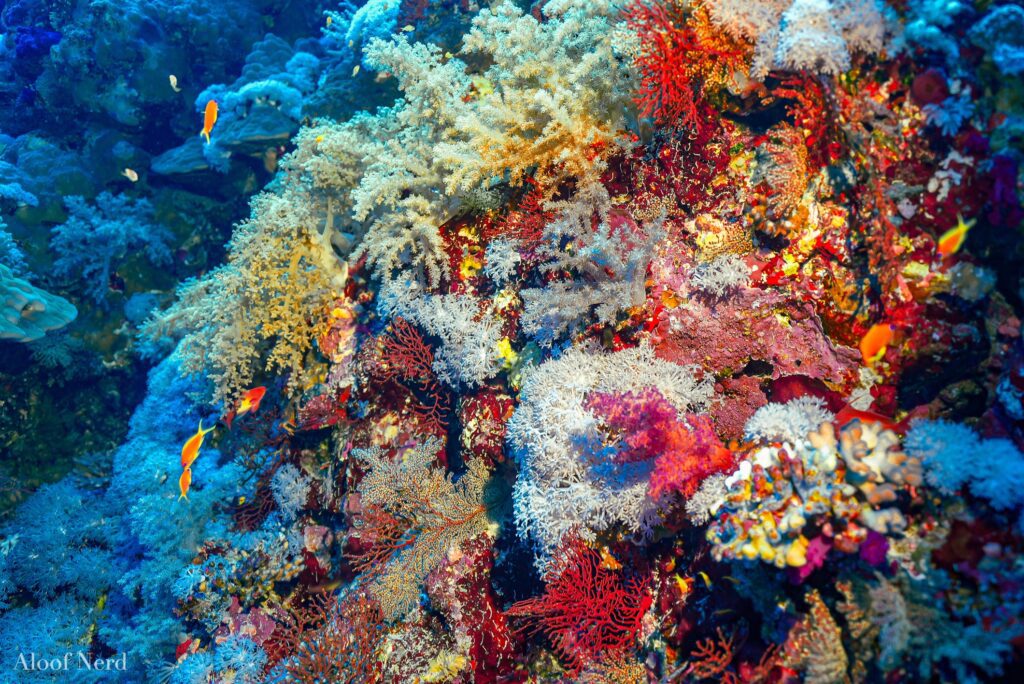
Preserving Our Oceans: an AUV in Marine Biology
Despite their role in scientific research, AUVs are also valuable tools for marine conservation and environmental monitoring. They detect and monitor changes in water quality, track marine species populations, and assess coral reef and other habitat health. Providing scientists and policymakers with reliable data, AUVs support efforts to protect and manage marine resources.
Conclusion: Embracing AUVs in Marine Biology
In summary, AUVs are transforming marine biology by providing scientists with tools and capabilities to explore the ocean. These robotic vehicles enable researchers to conduct surveys, collect data, and study underwater environments with precision and efficiency. As technology advances, AUVs will play an increasingly important role in understanding and protecting the world’s oceans. Therefore, by embracing these innovative technologies, we can unlock the mysteries of the deep sea and ensure marine ecosystem health and sustainability.
Learn more about our AUVs here and please follow us on LinkedIn to keep up with all things PicSea!
